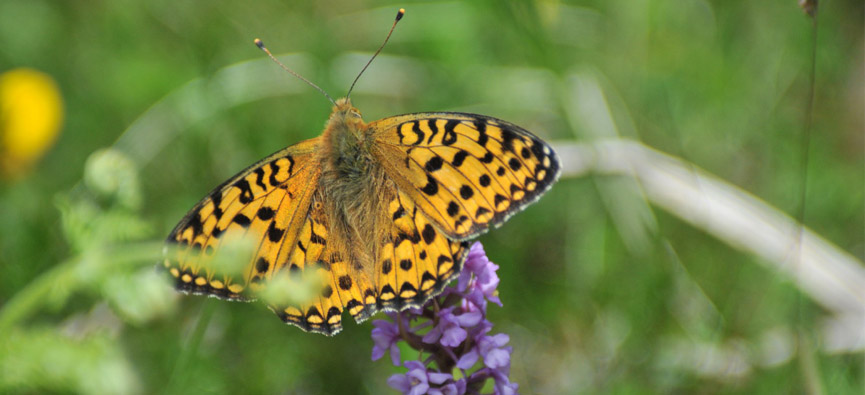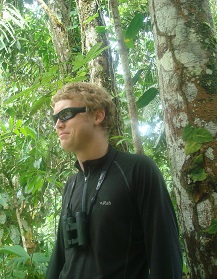As global temperatures increase, some species, including butterfly, beetles, moth and plants, are beginning to disappear from areas where they used to be common. And by the end of the century, many of our native species may have been forced moved northwards and to higher ground as temperatures become intolerable.
https://www.youtube.com/watch?v=_EKcOT55L8I
Lifeline
But Dr Andrew Suggitt, of the University’s Department of Biology, says certain types of countryside - known as “refugia” - could throw these species a lifeline.
“It is tempting to think it might be quite nice for the UK to warm up by a few degrees, but this will actually be really bad news for many of our native animals and plants that are adapted to our cooler, wetter climate,” says Dr Suggitt.
“However, refugia within the varied topography of the British landscape can have a local temperature difference of as much as seven degrees in daytime maximum temperature, making them extremely important alternative habitats for many climate-sensitive species.”
Variable
Working with the University of Exeter and Natural England, the researchers found that locally variable habitats, particularly those with ‘hummocky’ hillsides and shaded valleys, could help a range of native species survive this modern warming episode – in much the same way as species such as red deer and squirrel survived the Ice Age in pockets of warmer conditions sheltered from the extreme cold.
Analysing five million records of plants and animals collected by members of the public in England, the researchers found that a number of these refugia are already being used as alternative habitats for many species sensitive to warming.
For some species the beneficial effect of refugia could be substantial. For example, the researchers estimate that refugia have reduced the probability of extinctions of Dark Green Fritillary butterflies (Argynnis aglaja) by 63 per cent in the parts of the country that have warmed the most.
This means in the future the importance of refugia to wildlife may mean that they are identified and protected, and, in areas where refugia do not naturally occur, they could even be artificially created.
Buffer
Dr Suggitt added: “Refugia buffer species from adverse climate change, and so they could play an important role in our response to this huge challenge. This includes making sure that important refugia are protected. Where refugia do not occur naturally, pre-existing engineering or infrastructure projects could be adapted to ensure that variable terrain is left behind and available for our wildlife to use.”
Co-author of the study, Dr Mike Morecroft from the government conservation body Natural England, said: “This study has provided us with the best evidence yet that refugia can make a real difference to the fate of species threatened by climate change. We now have a good understanding of where they are and which species most need the lifeline they provide. We’re working to incorporate this new knowledge into our conservation planning and management.”
The text of this article is licensed under a Creative Commons Licence. You're free to republish it, as long as you link back to this page and credit us.





